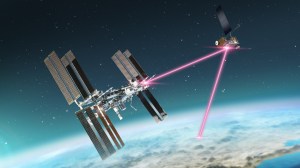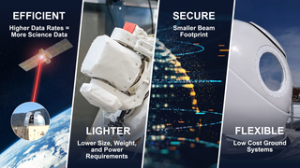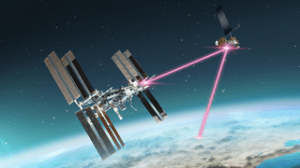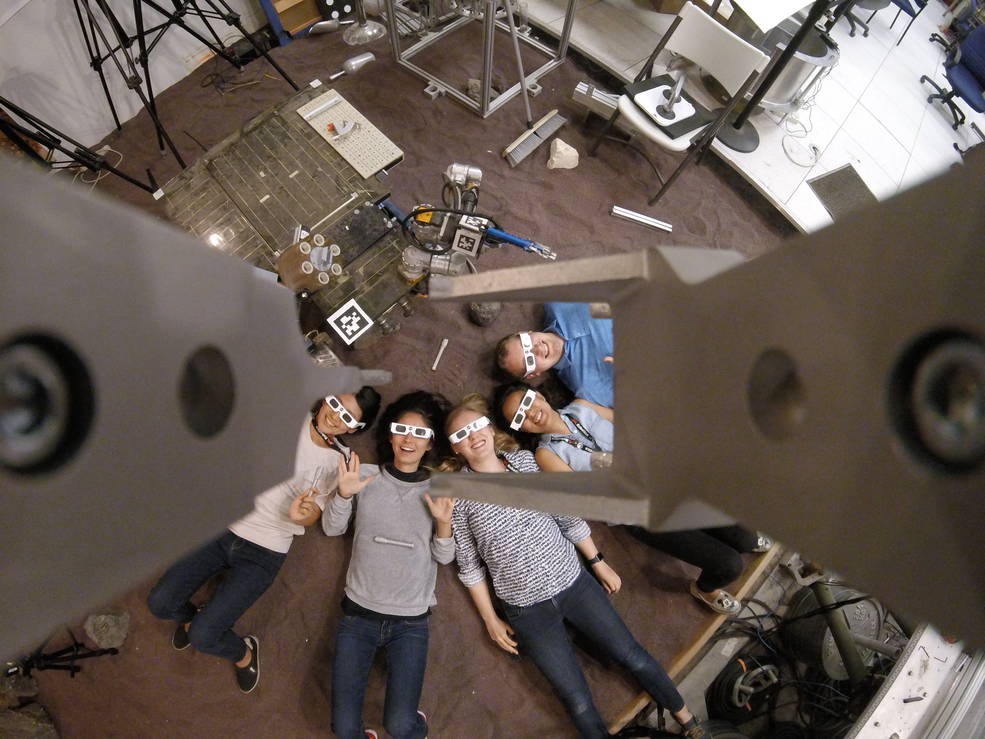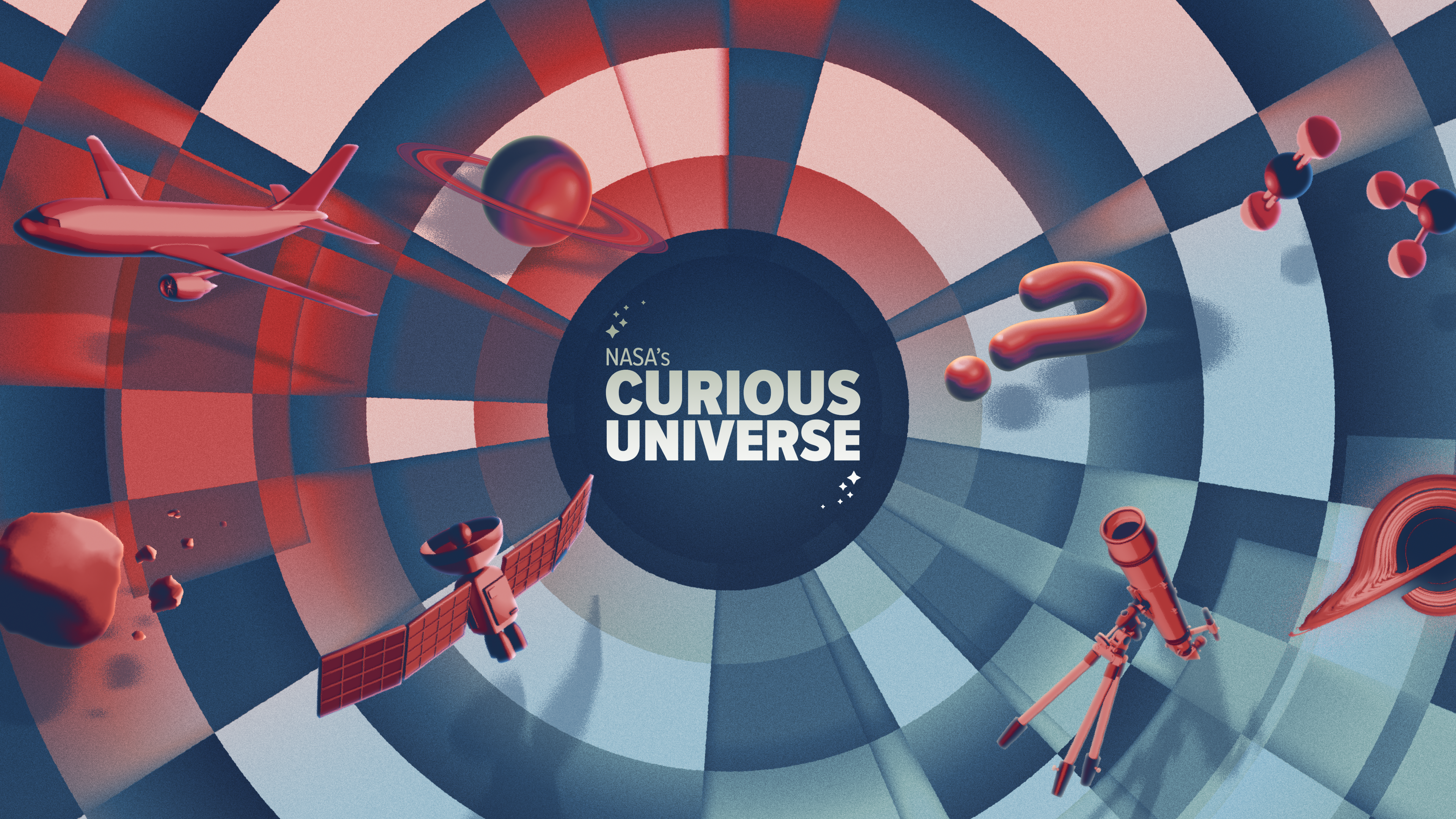NASA’s Space Station Laser Comm Terminal Achieves First Link
A NASA technology experiment on the International Space Station completed its first laser link with an in-orbit laser relay system on Dec. 5, 2023. Together, they complete NASA’s first two-way, end-to-end laser relay system. NASA’s LCRD (Laser Communications Relay Demonstration) and the new space station demonstration, ILLUMA-T (Integrated LCRD Low Earth Orbit User Modem and […]
NASA’s Space Station Laser Comm Terminal Achieves First Link
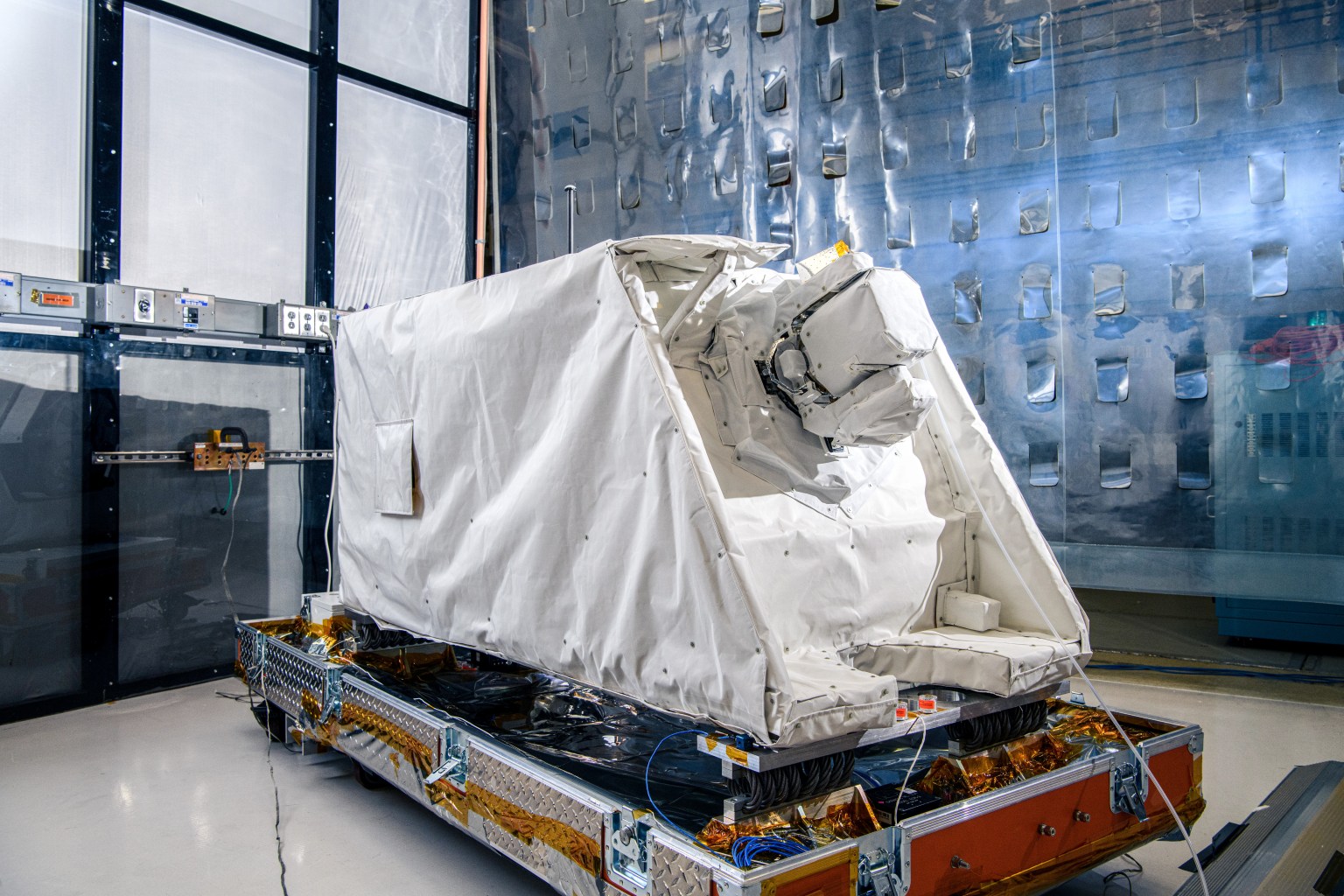
A NASA technology experiment on the International Space Station completed its first laser link with an in-orbit laser relay system on Dec. 5, 2023. Together, they complete NASA’s first two-way, end-to-end laser relay system.
NASA’s LCRD (Laser Communications Relay Demonstration) and the new space station demonstration, ILLUMA-T (Integrated LCRD Low Earth Orbit User Modem and Amplifier Terminal), successfully exchanged data for the first time. LCRD and ILLUMA-T are demonstrating how a user mission, in this case the space station, can benefit from a laser communications relay located in geosynchronous orbit.
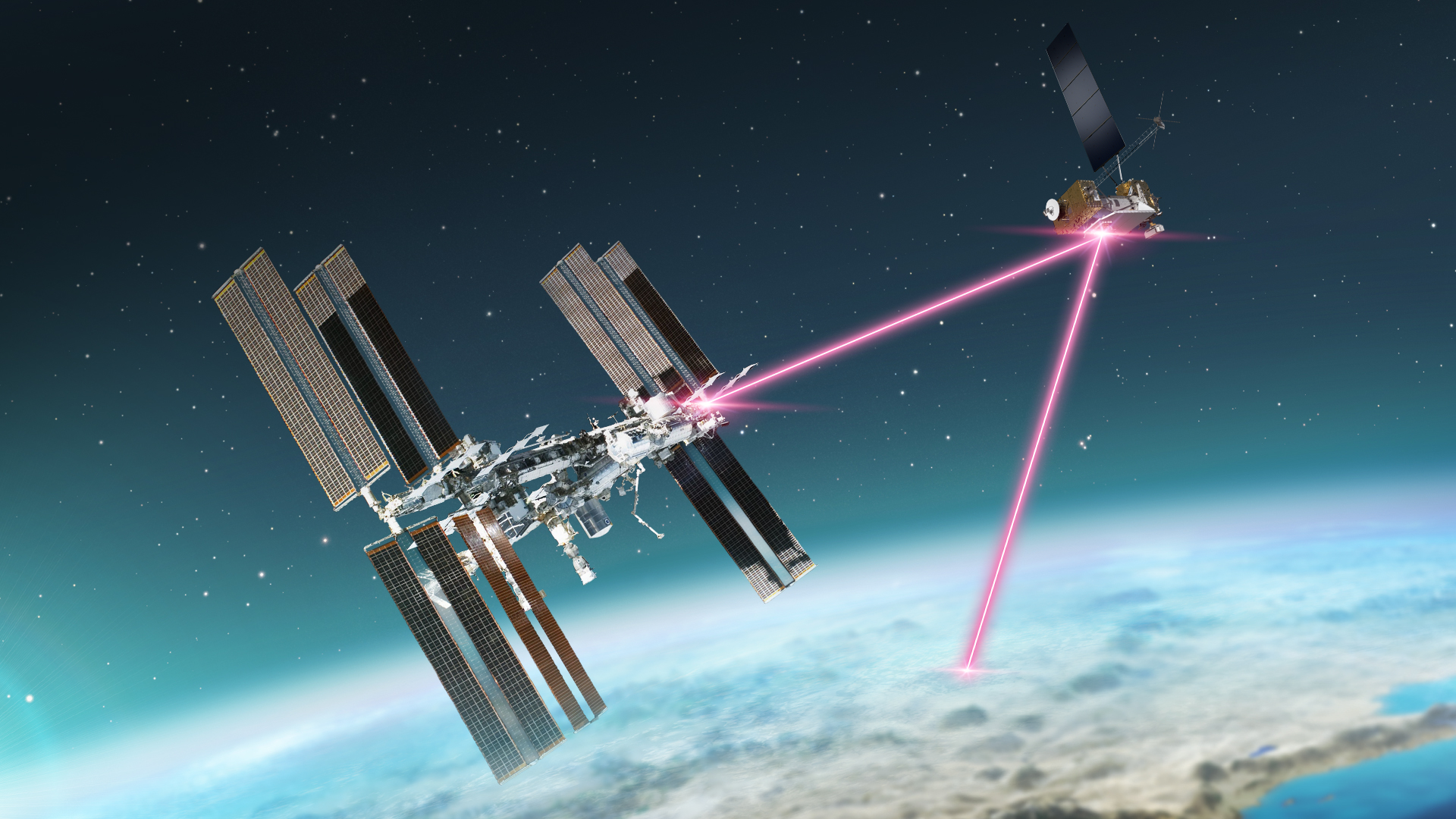
Laser communications, also known known as optical communications, uses infrared light rather than traditional radio waves to send and receive signals. The tighter wavelength of infrared light allows spacecraft to pack more data into each transmission. Using laser communications greatly increases the efficiency of data transfer and can lead to a faster pace of scientific discoveries.
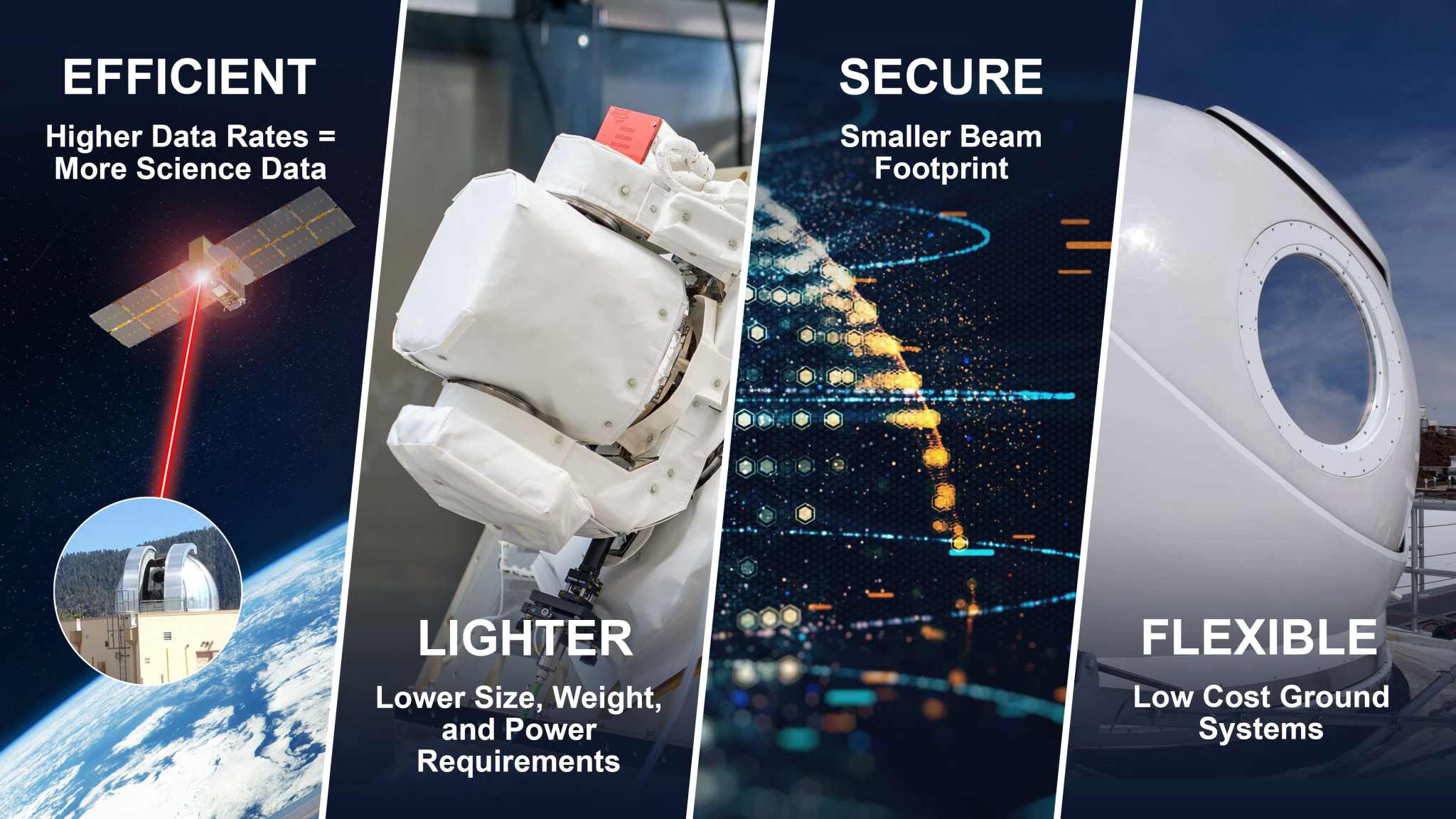
On Nov. 9, NASA’s SpaceX 29th commercial resupply services mission launched cargo and new science experiments, including ILLUMA-T, to the space station. Following its arrival, the payload was installed onto the station’s Japanese Experiment Module-Exposed Facility.
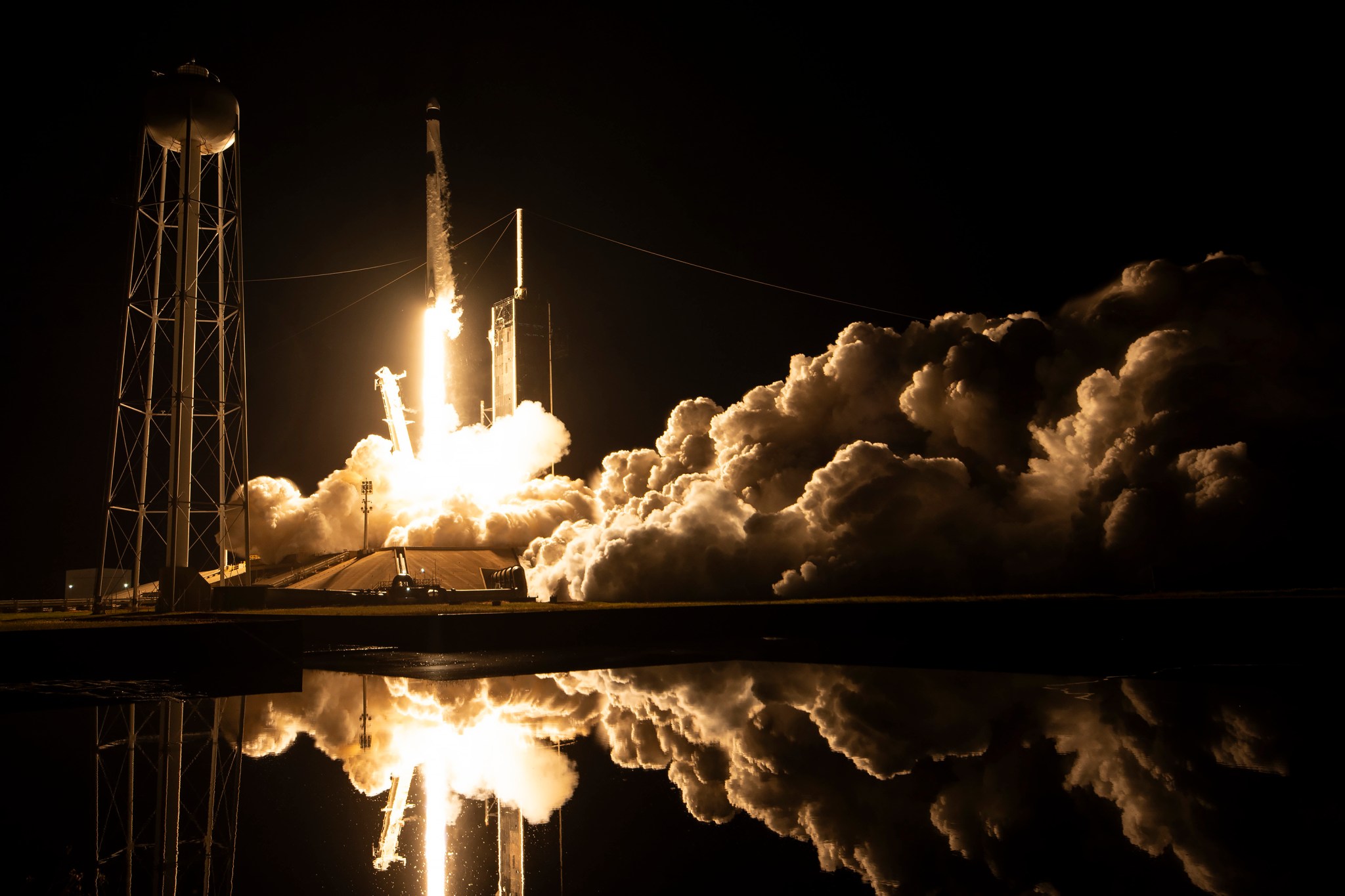
ILLUMA-T and LCRD are a part of the NASA Space Communications and Navigation (SCaN) program’s effort to demonstrate how laser communications technologies can significantly benefit science and exploration missions.
“ILLUMA-T’s first link with LCRD – known as first light – is the latest demonstration proving that laser communications is the future.” said Dr. Jason Mitchell, director of SCaN’s Advanced Communications and Navigation Technology division. “Laser communications will not only return more data from science missions, but could serve as NASA’s critical, two-way link to keep astronauts connected to Earth as they explore the Moon, Mars, and beyond.”
Shortly after space station installation, operation engineers began conducting on-orbit testing to ensure the ILLUMA-T payload operated nominally. Now, it is communicating with LCRD, a relay launched in 2021 that has conducted over 300 experiment configurations to help NASA refine laser communications technologies. LCRD and ILLUMA-T are exchanging data at 1.2 gigabits-per-second.
“We have demonstrated that we can overcome the technical challenges for successful space communications using laser communications. We are now performing operational demonstrations and experiments that will allow us to optimize our infusion of proven technology into our missions to maximize our exploration and science,” said David Israel, a NASA space communications and navigation architect.
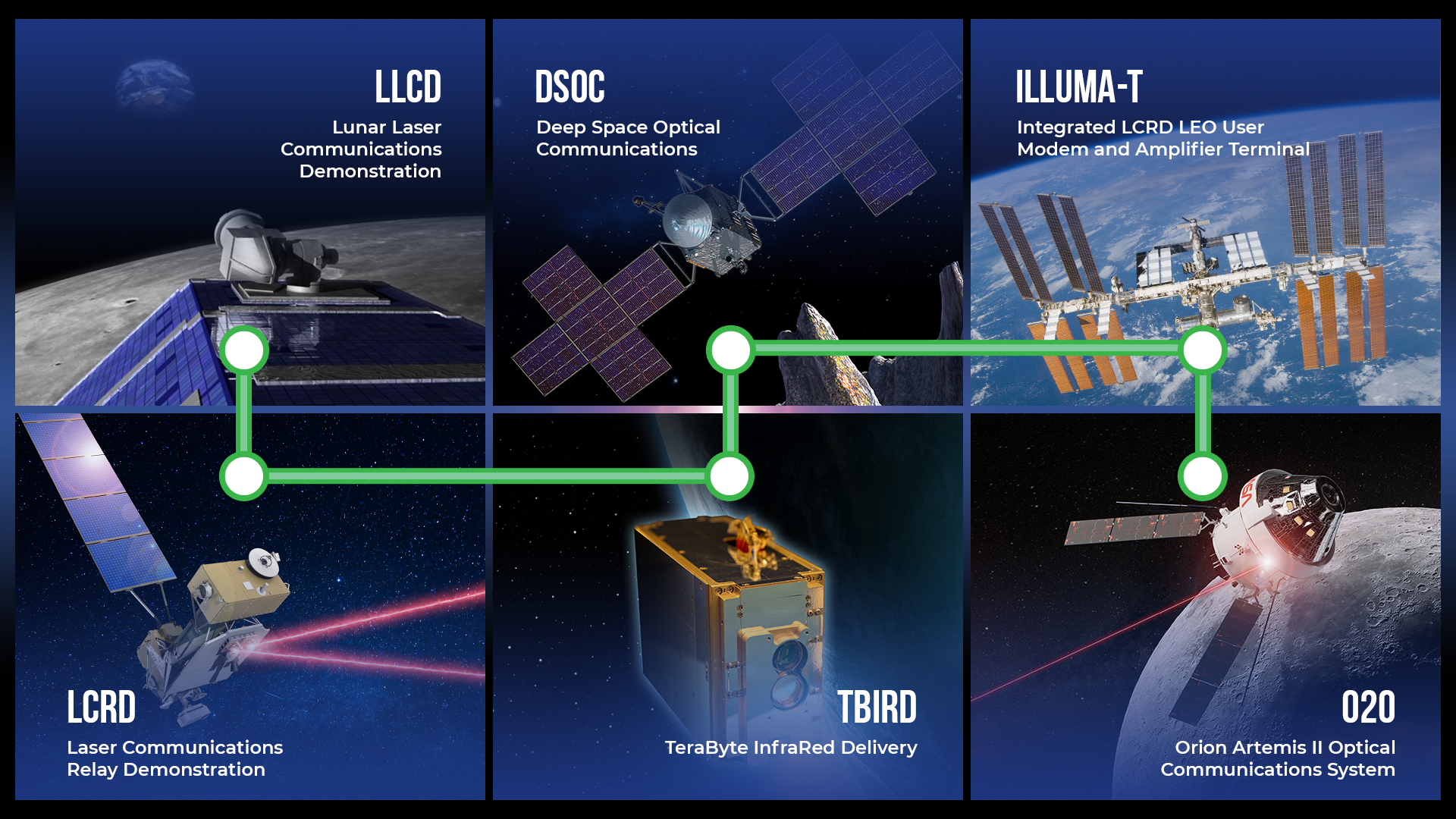
The LCRD experiments are conducted with industry, academia, and other government agencies. ILLUMA-T is now LCRD’s first in-space user experiment. NASA is still accepting experiments to work with LCRD. Interested parties should contact lcrd-experiments@nasa.onmicrosoft.com for more information.
ILLUMA-T is funded by NASA’s Space Communications and Navigation (SCaN) program at NASA Headquarters in Washington. The payload is managed by NASA’s Goddard Space Flight Center in Greenbelt, Maryland. Partners include the International Space Station program office at NASA’s Johnson Space Center in Houston and the Massachusetts Institute of Technology Lincoln Laboratory in Lexington, Massachusetts.
For more information: https://nasa.gov/scan




















